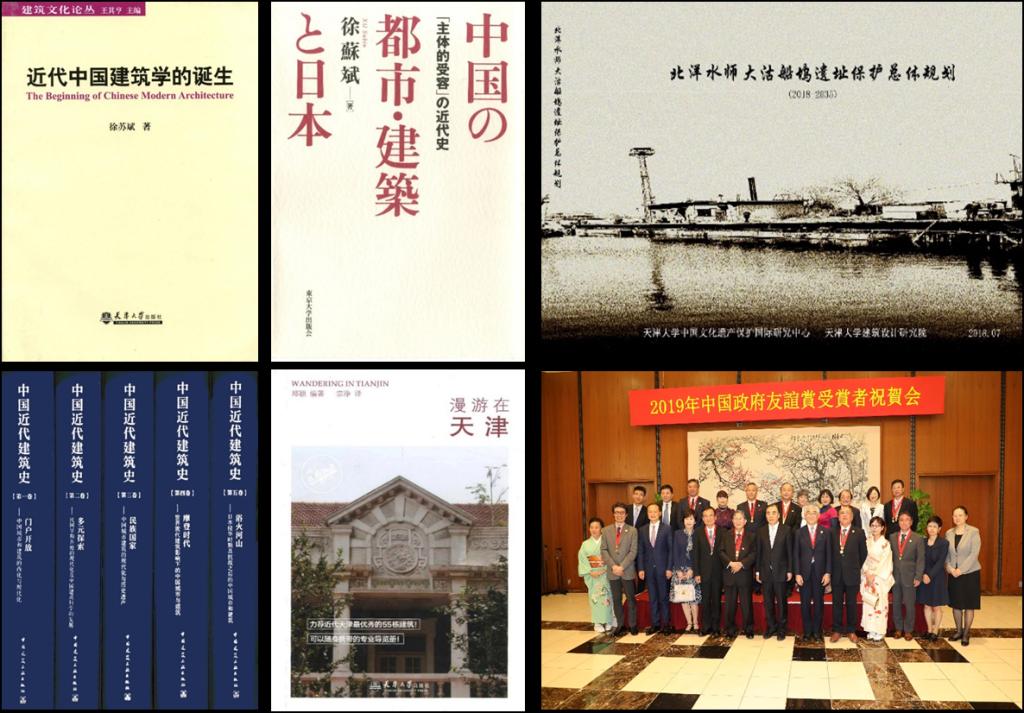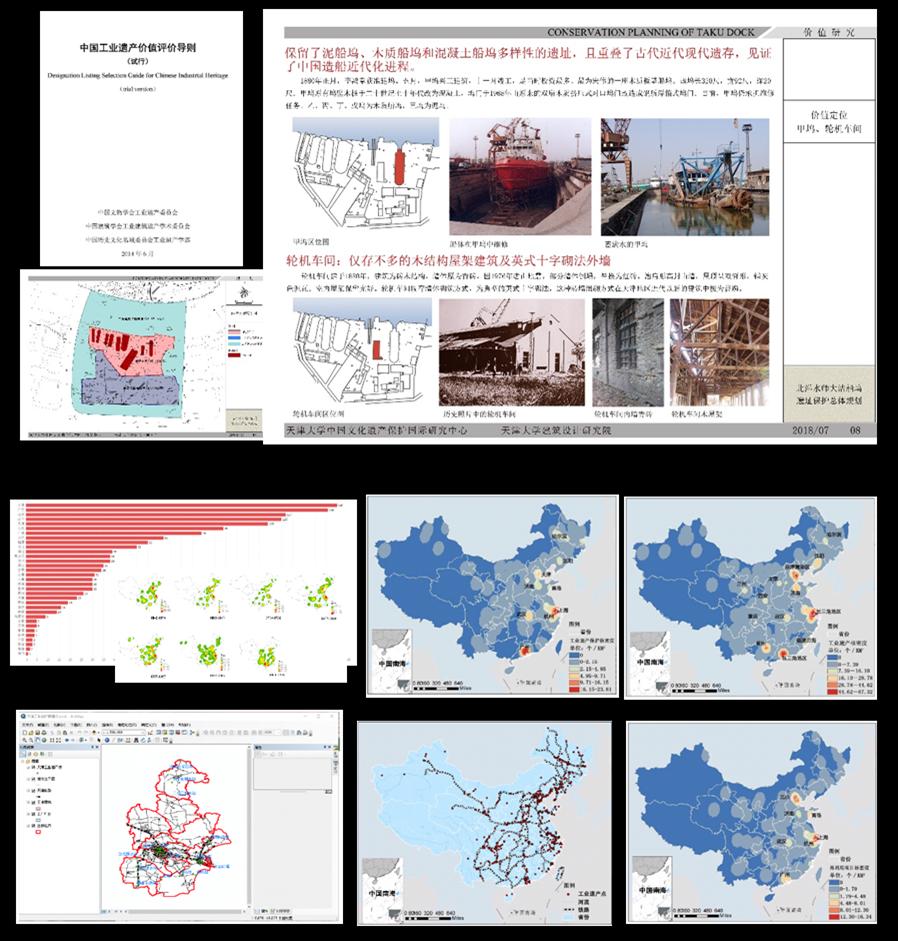The research on theory and practice of architectural heritage conservation in China seeks to propose the most effective standards, policies and systems for heritage conservation. The work carried out requires the collection and management of heritage information, value evaluation, conservation, and methods of display and utilization of heritage. By focusing on the form, structure, and technological characteristics of different types of architectural heritage, this research field aims to develop a practical architectural heritage conservation system suitable for the Chinese context.
Tianjin University has been formally involved in architectural history and built heritage research since 1952, but its real roots can be traced back to the well-known Society for the Study of Chinese Architecture established in the 1920s. Led by Professor SHEN Liyuan, LU Sheng, FENG Jiankui, SHEN Yulin, TONG Heling, and HU Dejun, their work led to the clarification of ancient architectural construction features and technologies, and to the development of a theoretical and practical built heritage conservation system. Since the 1980s, three teams led by Prof. WANG Qiheng, Prof. ZHANG Yukun and Prof. XU Subin have pushed the field in three main directions: (1) the theory and practice of Chinese ancient architectural heritage conservation; (2) cultural heritage conservation of the Great Wall; and (3) the conservation of modern architectural heritage.
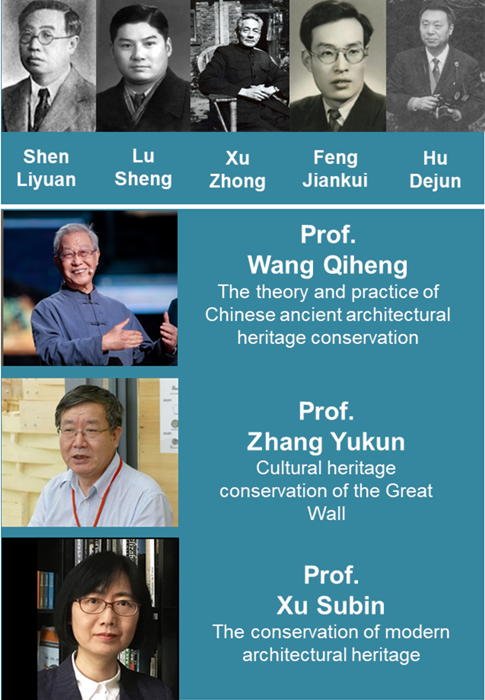
Outline of General Contents in the Built Heritage Conservation
Theory and Practice of Chinese Ancient Architectural Heritage Conservation: Tianjin University's focus on ancient Chinese architectural heritage conservation started from ancient building surveys conducted as part of regular design teaching practice initiatives in 1952. Since then, systematic research and surveys continue to be carried out on ancient built heritage and historic construction sites, with the intention of elevating this field to its highest levels within China and beyond.
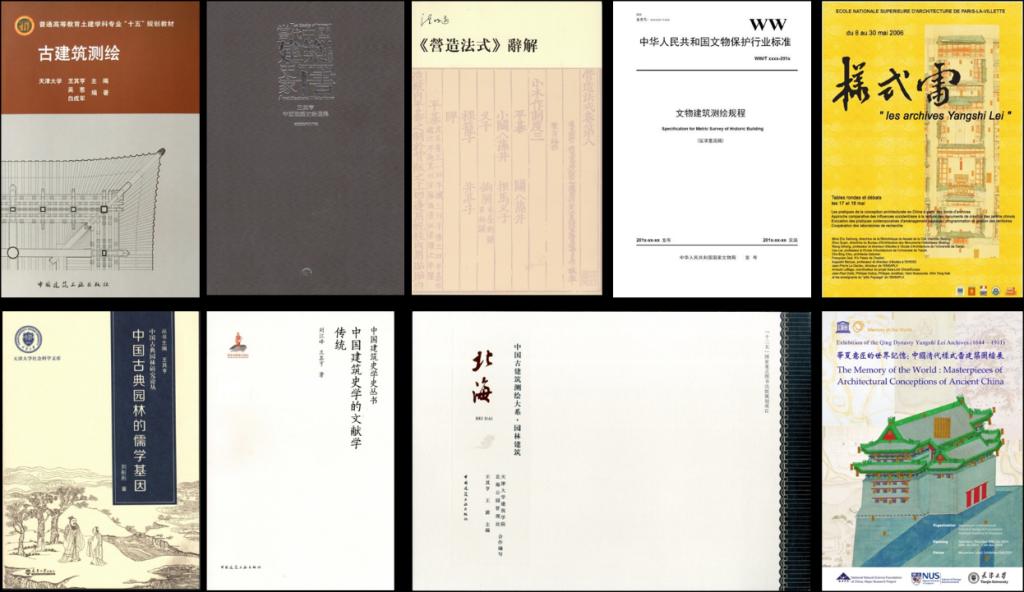
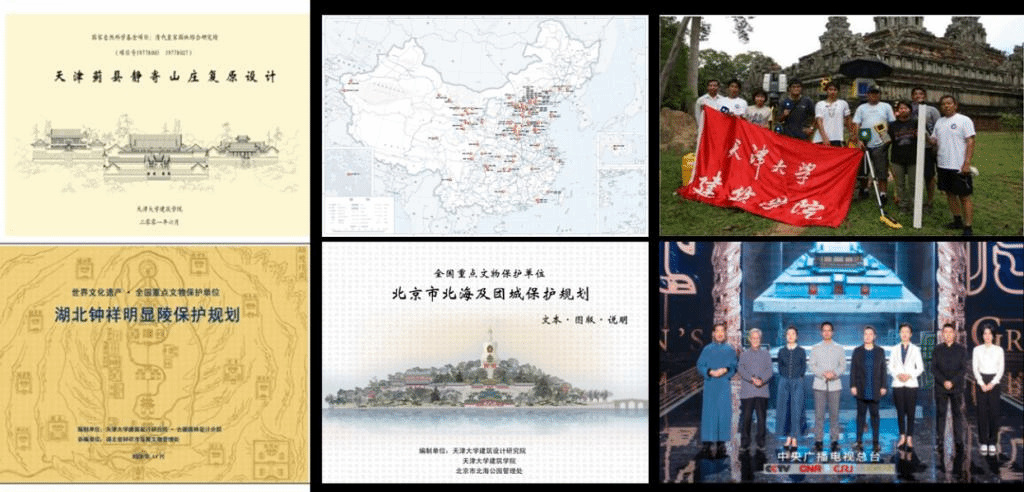
Research on the Protection of the Great Wall as Cultural Heritage: For a number of years, an interdisciplinary team has treated the Great Wall as its main research object, especially from the perspectives of geography, architecture, urbanism and rural planning. Studies have been conducted on the temporal-spatial distribution of facilities and defense systems of the Great Wall, leading to the collection and management of spatial information, and the elaboration of protection plans. With the institutional support offered by the Cultural Heritage Laboratory for Information Technologies in Architectural Heritage (Ministry of Culture and Tourism), we have accumulated a considerable amount of research results on the Great Wall and its neighboring large-scale heritage routes, which has significantly improved the public’s recognition of the multiple values of the Great Wall and its associated ancient military settlements.
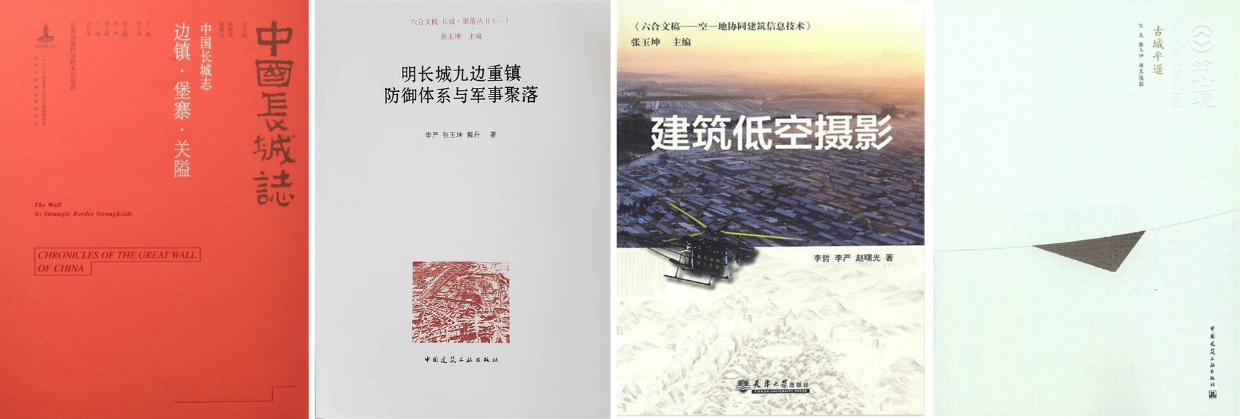
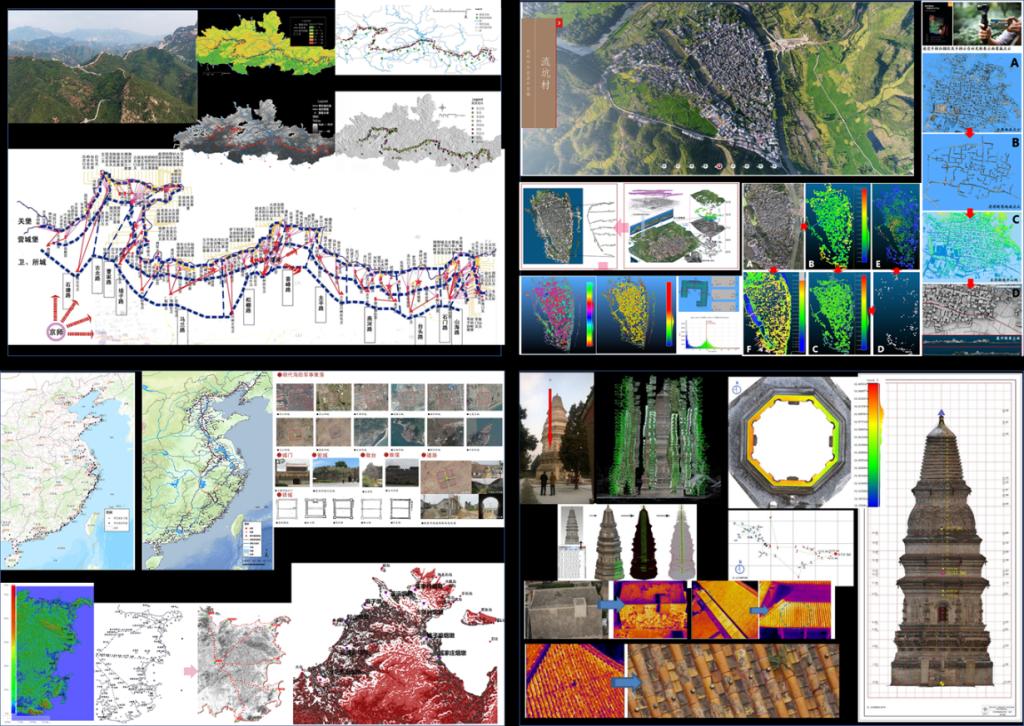
Research on Modern Cultural Heritage Conservation: In 2008, Prof. XU Subin and Prof. AOKI Nobuo returned from Japan to establish the International Research Center for Chinese Cultural Heritage Conservation (IRC/CCHC) in Tianjin University. By pursuing interdisciplinary and international collaboration partnerships related to modern built heritage, the center seeks to produce academic studies with high-level standards and rigor. Furthermore, it actively pursues the establishment of student exchange programs with leading universities abroad, especially within Europe. In 2010, it was granted the title of “Key Research Base on Human Social Sciences within Tianjin’s Higher Education Institutions”, and in 2016, it became one of the highest-ranked think tanks featured in the China Think Tank Index (CTTI). More recently in 2017, the Center was rated as a top-ten influential think tank by the Shanghai Academy of Social Sciences, and as an AMI China Core Think Tank by the Chinese Academy of Social Sciences.
